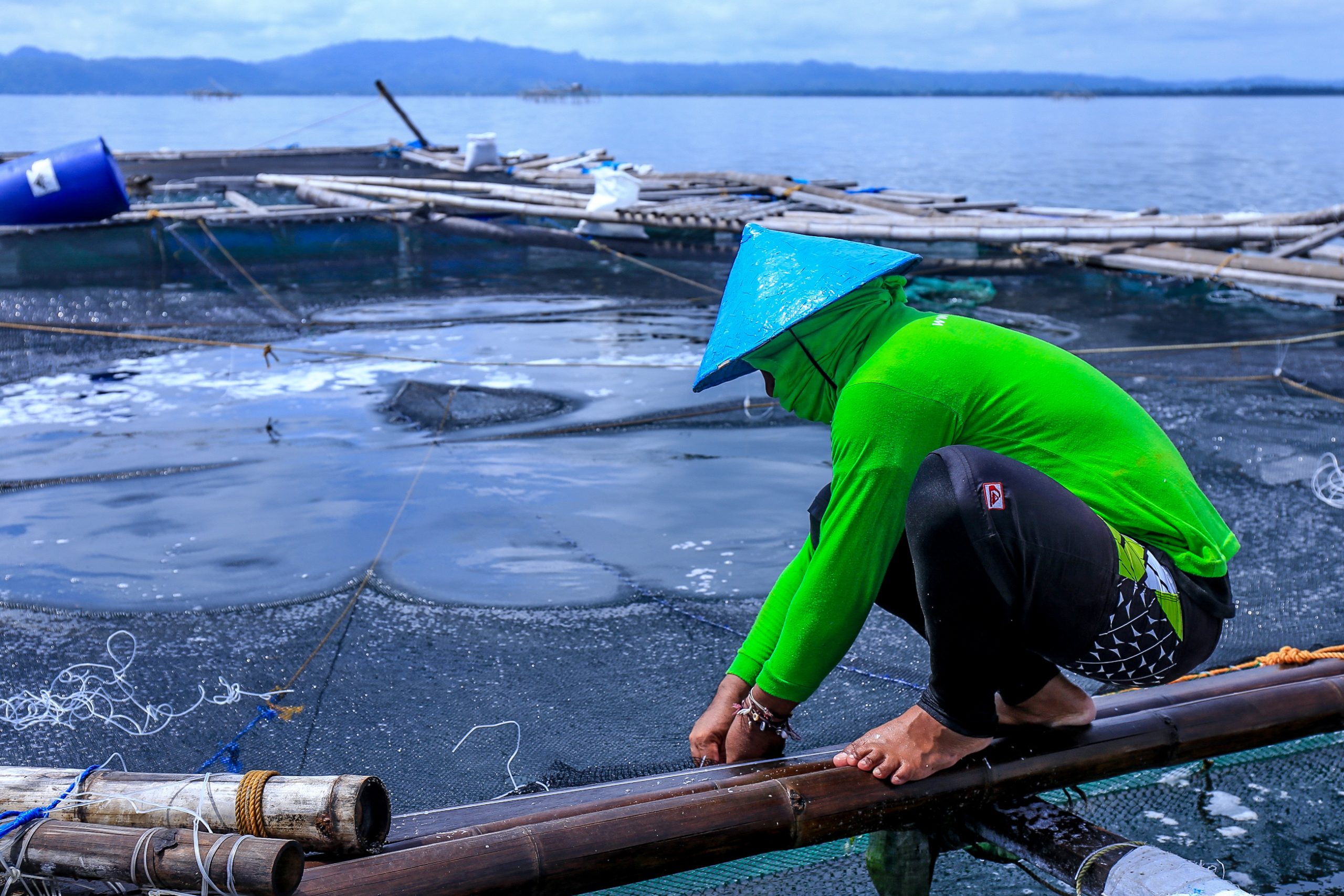
Laguna de Bay, the largest fresh water lake in the country, should be revived as a major source of fish for residents of Metro Manila and nearby provinces, Agriculture Secretary Francisco Tiu Laurel, Jr. has declared.
“Our aim is to produce more food at lower prices. For example, bring back bangus prices to P50-P70 per kilo. Maximizing the aquaculture potential of Laguna Lake is essential to achieving that goal. If we can add more capacity, then let’s do it,” Secretary Tiu Laurel told the fishpen operators last week.
The 940-square-kilometer Laguna de Bay produces as much as 90,000 tons of fresh water fish a year and provides livelihood to around 13,000 fishermen, according to data from the Laguna Lake Development Authority, the quasi-governmental agency that has jurisdiction over the fresh water lake.
The LLDA board consists of the secretaries of the Department of Environment and Natural Resources (DENR), the Trade and Industry and economic planning departments, as well as representatives from the Office of the President and the Metropolitan Manila Development Authority (MMDA).
Aquaculture associations in Laguna Lake have sought the help of the Department of Agriculture to address concerns about increasing mortality of fingerlings in fishpens, minimal introduction of salt water that is helpful in bangus production, and the reintroduction of fresh water.
Fishpen operators groups claim the last time salt water was allowed to flow into the lake was in 2022. They said the annual opening of the flood gates to allow fresh water is not happening.
Tiu Laurel said he will arrange a meeting with LLDA, now chaired by Environment Secretary Ma. Antonia Yulo-Loyzaga, to discuss plans and programs for Laguna Lake, along with the guidelines for the opening of the flood gates that is crucial for the introduction of fresh and salt water needed for a more productive aquaculture industry.
Tiu Laurel also ordered the Bureau of Fisheries and Aquatic Resources to test the water quality of the lake every quarter as well as undertake a study on the capacity of Laguna Lake.
In 1999, the LLDA implemented a zoning and management plan that allowed 10,000 hectares of Laguna Lake for fishpen operations, 5,000 hectares for fish cages as well as areas for fish sanctuary, navigational lanes and open fishing. Pollution continues to threaten the lake as a viable source of fish.
Commercially-important fish found or grown in Laguna Lake include white goby, mudfish, ayungin, bangus, catfish, kanduli, tilapia, and the common carp. ### (File Photo by Ardy Tompong, DA-AFID)













